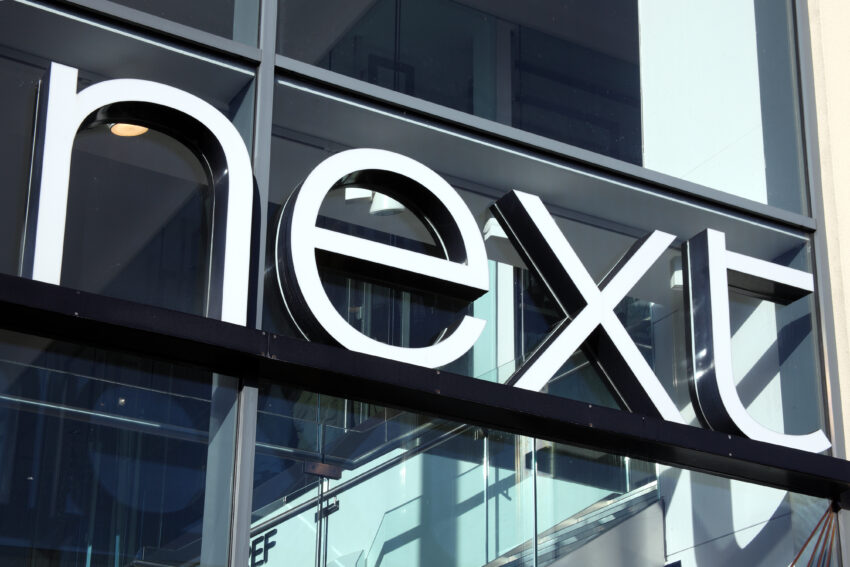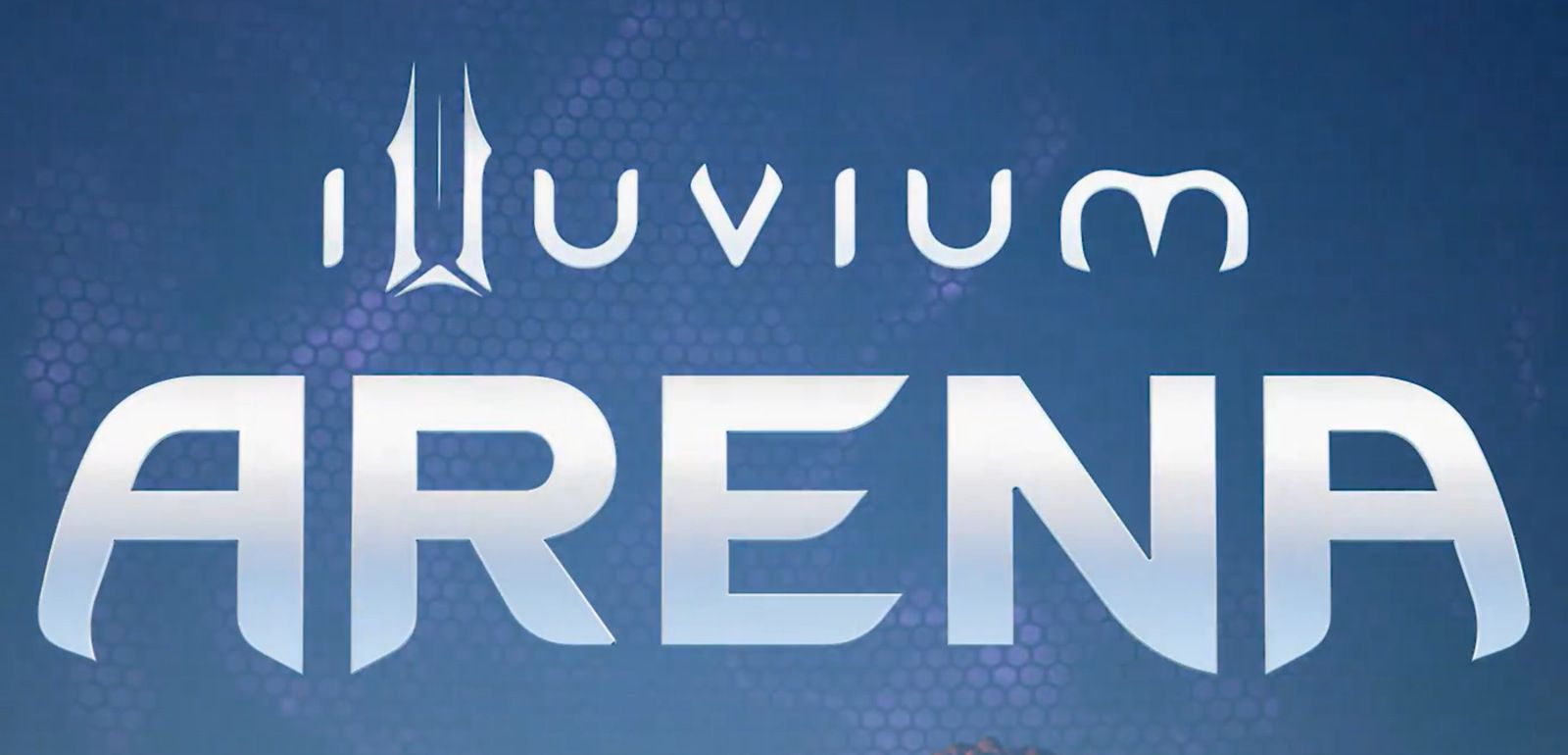ICICI Prudential mutual fund has launched a passively managed index fund that will cover about 92 per cent of India’s listed equity universe. The New Fund Offer (NFO), ICICI Prudential Nifty 500 Index Fund is open till December 17.
Index funds are passively managed mutual funds trying to replicate the performance of the underlying benchmark. These funds do not require a high level of intervention from fund managers. Passive funds score over actively managed funds on lower expense ratio and present no fund manager risk.
ICICI Prudential Nifty 500 Index Fund will invest in the stocks comprising the Nifty 500 Index, in the same weightage they carry in the Index. The Nifty 500 Index is made up of the top 500 Companies in terms of full market capitalisation listed on the NSE.
A well-diversified portfolio
The Nifty 500 index is one of the broad-based indices in India that covers the maximum universe of about 92 per cent of the free float market capitalisation of the stocks listed on NSE as on September 30, 2024, according to NSE.
It offers sector-level diversification encompassing over 50 industries.
The Nifty 500 index has allocations across sectors and market capitalisations. It comprises the stocks that are present in the portfolio of Nifty 50, Nifty Next 50, Nifty Midcap 150 and Nifty Smallcap 250 indices. By investing in Nifty 500, one can get exposure to these indices.
Though the index covers almost all marketcap segments, allocation to every segment is not proportionate, as they are built based totally on the market capitalisation of the stocks. For instance, the weight of the Nifty 50, Nifty Next 50, Nifty Midcap 150 and Nifty Smallcap 250 stocks in Nifty 500 was 59 per cent, 13 per cent, 18 per cent and 10 per cent, respectively as of November 2024. These features make it somewhat similar to the flexi-cap category.
Investors wanting equal proportion to the mega, large, mid and small-cap segments, can consider investing in the index funds that represent these indices separately.
The Nifty 500 index is re-balanced on semi-annual basis. The churning ratio of the Nifty 500 has been low, averaging 10 per cent a year for the last five years, in contrast to the Nifty midcap 150, for instance, which has a churning ratio of over 40 per cent a year.
The Nifty 500 index has delivered better returns over the long term.
Performance as measured by the 10-year rolling returns calculated from the last 20 years show that the Nifty 500 Total Return Index (TRI) delivered a compounded annualised return of 12.7 per cent while the Nifty 50 TRI gave 12.15 per cent. Meanwhile, the other broader market index, Nifty Total Market TRI generated 12.8 per cent during the period.
The notable allocation to mid and small-cap segments helped Nifty 500 deliver higher returns than the Nifty 50.

Should you invest?
Investors looking at market-linked returns, reduce the chances of underperformance vis-à-vis the broader markets and not wanting to take fund manager risk, can consider Nifty 500 index funds.
They are suitable for investors wanting to participate in India’s growth story as it covers the maximum investible universe of the Indian stock markets.
Currently, four fund houses offer passive funds that track the Nifty 500 index (either index funds or ETFs), and two fund houses offer passive funds that track the S&P BSE 500 index. Three fund houses offer index funds that track Nifty Total Market Index. The expense ratio of these passive funds was ranging between 0.21 and 1 per cent. Most of them have short track-record of less than three years.
In terms of performance and portfolio composition, the Nifty 500 and the BSE 500 are largely comparable. Nifty Total Market Index covers the largest universe of 750 stocks listed on NSE.
Investors with medium risk profile can consider a Nifty 500 index fund in their long-term portfolio.
Considering the current volatility in the market, it is advisable to invest in a staggered route through systematic investment plans. The minimum investment horizon should be 10 years or more.









Leave a Comment